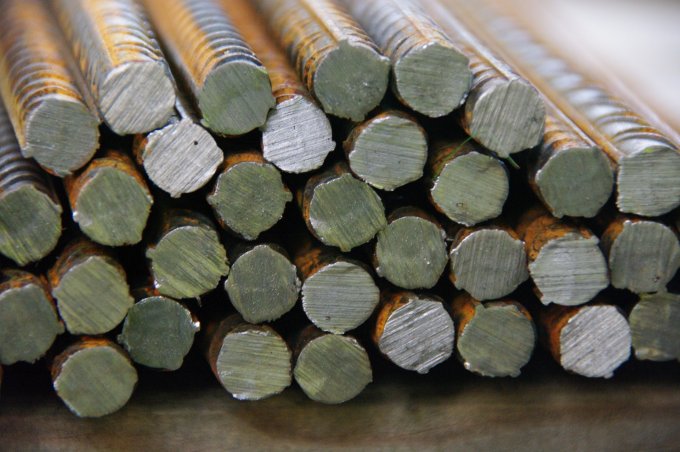- 8 January 2026
Strength is a key characteristic of materials, which determines their ability to maintain their structure and withstand the forces acting on them. Comparing aluminum and steel, the two materials have different strength properties, which determines their applications in different fields.
Aluminum is a lightweight metal that has good corrosion resistance. Its exceptional lightness and flexibility make it a frequent choice in the aerospace industry for aircraft fuselages or in the automotive industry for lightweight components, improving the fuel efficiency of vehicles.
On the other hand, steel, although heavier than aluminum, is a much stronger material, especially in terms of mechanical strength. Steel is widely used in construction, bridge structures, machinery or tools, where high mechanical strength is required.
The use of aluminum in Poland is versatile and reaches into many fields. Its light weight and corrosion resistance make it used in the automotive industry for car bodies, in the construction industry for facades and lightweight structures, and in the food industry as a packaging material for food safety reasons. In addition, it has found use in the aerospace industry, where its exceptional lightness contributes to reducing the weight of aircraft, increasing their efficiency.
Steel, on the other hand, plays a key role in structures where high mechanical strength is required. In Poland, steel is widely used in the construction industry - from building structures to bridges to machine and tool structures. Its strength and durability form the foundation of many structures, providing safety and stability in many sectors of the economy.
The process of making aluminum begins with the mining of bauxite ore, from which alumina is extracted, followed by electrolysis of the alumina to produce pure aluminum. Steel, on the other hand, is mainly made from iron and coal, subjected to smelting in smelting furnaces. The metallurgical process includes smelting raw materials, casting, rolling and shaping, among others, resulting in a variety of steels with different mechanical properties.
The main mechanical properties of aluminum include lightness, flexibility and corrosion resistance. It is a metal that has relatively high tensile strength, but is also less mechanically strong than steel. Steel, on the other hand, has high mechanical strength and hardness, which makes it more resistant to mechanical damage compared to aluminum.
Aluminum is much more resistant to corrosion than steel, making it an excellent material for applications in humid or weather-prone conditions. However, under high-temperature conditions, steel can exhibit better strength than aluminum, which is important in some applications.
Under dynamic loads, such as vibration or shock, steel typically exhibits better fatigue resistance than aluminum. Therefore, in applications where there are a large number of dynamic load cycles, steel is used because of its better mechanical properties in this regard.

In terms of production and application costs, aluminum is often a more expensive material than steel. However, its light weight can result in savings in transportation and energy consumption, which translates into operating costs. Steel, being more economical to produce, may be the preferred material where price plays a key role, especially in the construction of large structures.
In terms of environmental impact, both aluminum and steel production generate some negative effects. Aluminum production requires a large amount of energy, which can contribute to greenhouse gas emissions. Nevertheless, aluminum is a fully renewable material, as it can be fully recycled without loss of quality, which contributes to reducing the consumption of natural resources.
Steel, although mostly processed from secondary steel (i.e., recycled steel), still requires significant amounts of energy during production. However, recycling steel is an efficient process and contributes to reducing carbon emissions, as well as reducing the consumption of raw materials.
Currently, trends in aluminum and steel production are mainly focused on improving the energy efficiency of production processes and developing recycling technologies. Innovative technologies are aimed at reducing energy consumption during production and reducing environmental impact. In the area of aluminum, technologies are being developed to reduce energy consumption in extraction and production processes, which in turn contributes to reducing greenhouse gas emissions.
The choice between aluminum and steel depends on the specifics of the application, taking into account technical, economic and environmental aspects. Both materials have their advantages and limitations, so the choice should be made with the specific application and its requirements in mind.
In summary, the strength of aluminum vs. steel is a complex topic, requiring analysis of many factors. Understanding the differences between these materials allows an informed choice depending on the specific application. Both aluminum and steel play key roles in the economy, and technological developments continue to change the way we use these materials.